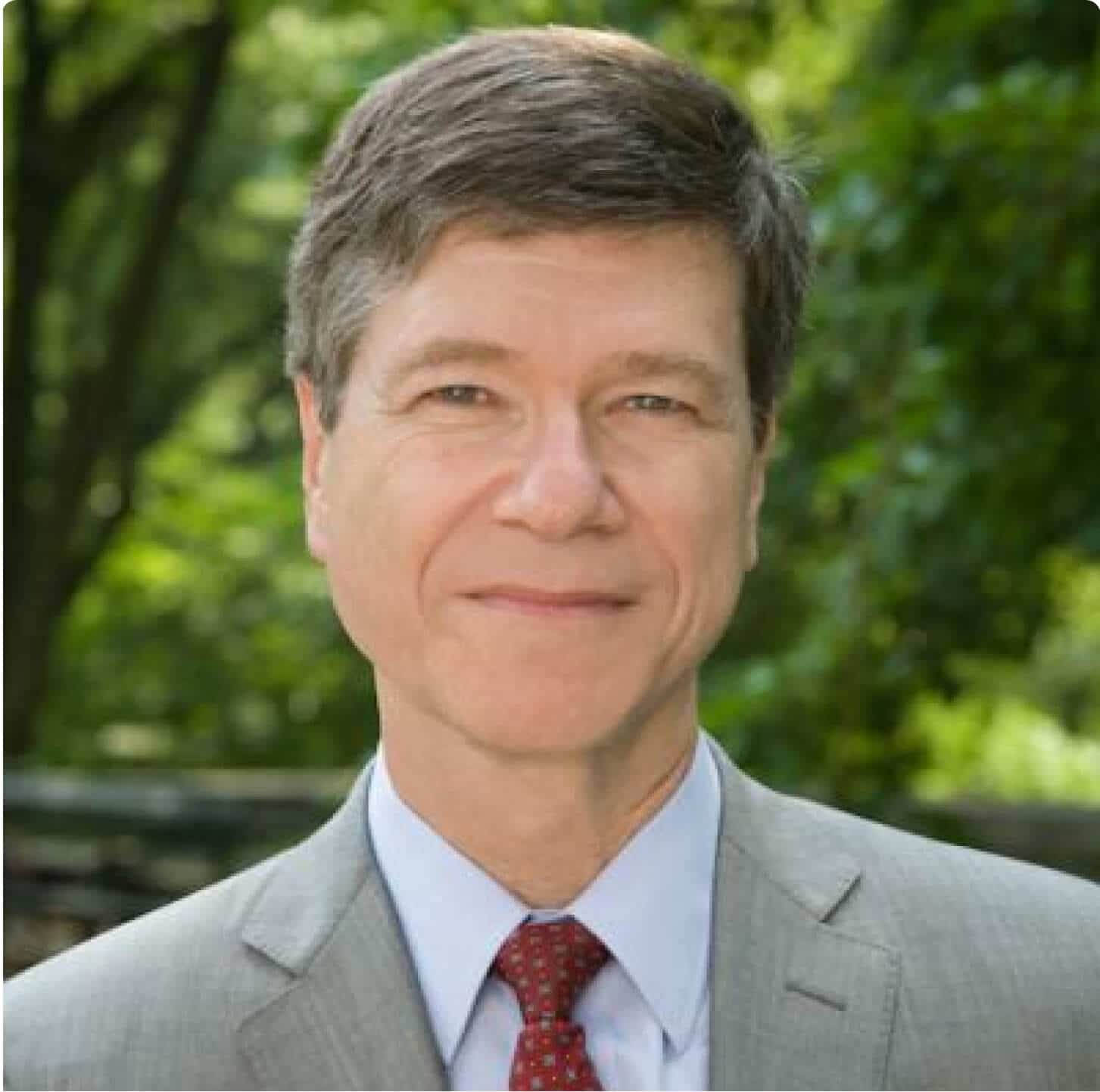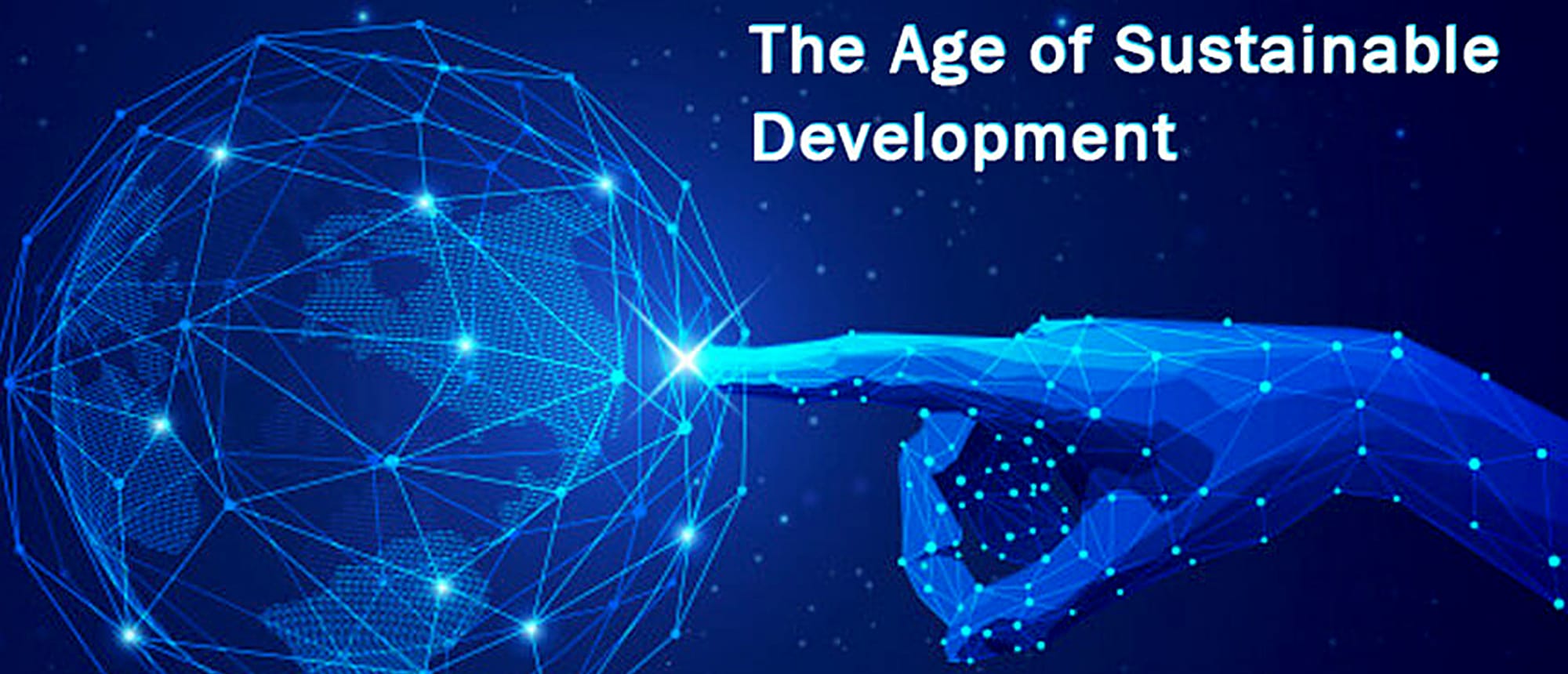The Age Of Sustainable Development
Sustainable development is the central drama of our time. The world’s governments are currently negotiating a set of Sustainable Development Goals, or SDGs, for the period 2015-2030, following the success of the Millennium Development Goals (MDGs), which run from 2000-2015.
The MDGs focus on ending extreme poverty, hunger, and preventable disease. They have been the most important global development goals in the U.N.’s history. The SDGs will continue the fight against extreme poverty, but also add the challenges of ensuring more equitable economic growth and environmental sustainability, especially the key goal of curbing the dangers of human-induced climate change.
The starting point of sustainable development is our crowded planet. There are now 7.2 billion people on the planet, roughly 9 times the 800 million people estimated to have lived in 1750, at the start of the Industrial Revolution. The world population continues to rise rapidly, by around 75 million people per year. Soon enough there will be 8 billion by the 2020s, and these billions of people are looking for their foothold in the world economy.
The world economy is vast, growing rapidly (by 3–4 percent per year in scale), and highly unequal in the distribution of income within countries and between countries. Ours is a world of fabulous wealth and extreme poverty: billions of people enjoy longevity and good health unimaginable in previous generations, yet at least 1 billion people live in such abject poverty that they struggle for mere survival every day.
The world economy is not only remarkably unequal but also remarkably threatening to Earth itself. The unprecedentedly large scale of the world economy is creating an unprecedented environmental crisis, one that threatens the lives and well-being of billions of people and the survival of millions of other species on the planet, and perhaps even our own.
Thus we arrive at the Age of Sustainable Development. As an intellectual pursuit, sustainable development tries to make sense of the interactions of three complex systems: the world economy, the global society, and the Earth’s physical environment. How does an economy of 7.2 billion people and $90 trillion gross world output change over time? How does a global society of such inequality of income, wealth, and power function? And what happens when the world economy is on a collision course with the physical environment?
As a normative (or ethical) outlook, Sustainable development suggests a set of societal objectives or goals to which the world should aspire. The world’s nations will soon adopt Sustainable Development Goals (SDGs) precisely to help guide the future course of economic and social development on the planet. Sustainable development: SDGs call for socially inclusive and environmentally sustainable economic growth.
To achieve the economic, social, and environmental objectives of the SDGs, a fourth objective must also be achieved: good governance. Among these core functions of government are the provision of social services such as health care and education; the provision of infrastructure such as roads, ports, and power; the protection of individuals from crime and violence; the promotion of basic science and new technologies; and the implementation of regulations to protect the environment. And in our world today, good governance cannot refer only to governments. Our well-being depends on the world’s multinational powerful companies obeying the law, respecting the natural environment, and helping the communities in which they operate, especially to help eradicate extreme poverty.
Thus the normative side of sustainable development envisions four basic pillars of a good society and a globally integrated world community: economic prosperity; social inclusion and cohesion; environmental sustainability; and good governance by major social actors, including governments and business. It’s a lot to ask for, and there is no shortage of challenges to achieving sustainable development in practice. Yet the stakes are high. Achieving sustainable development on our crowded, unequal, and degraded planet is the most important challenge facing our generation. The SDGs must be the compass, the lodestar, for the future development of the planet during the period 2015 to mid-century.
The world’s governments, within the framework of the United Nations, are currently attempting to negotiate a framework to help guide humanity through the very difficult environmental crises of our own making. 2015 is the most important year of diplomacy on sustainable development in at least 15 years. There are three mega-summits next year. The first is on Financing for Development, in Addis Ababa, Ethiopia, in July 2015. The next is to adopt the Sustainable Development Goals, at the UN headquarters in New York, in September 2015. The third is on climate change — the COP21 [21st Conference of Parties] of the UN Framework Convention on Climate Change — in Paris in December 2015. It is vital that these negotiations be successful, with the UN playing a central role in leading the world’s governments to set a global sustainable development framework and then to implement that framework in the decades to come.
Setting Millennium Development Goals has made a huge difference in people’s lives, particularly in the poorest places on the planet. Sub-Saharan Africa has benefited enormously from the MDGs, and we can learn from that success in designing the SDGs. As special adviser to the U.N. secretary-general on the MDGs since 2001 (Kofi Annan until 2006, and Ban Ki-moon since 2007), I have seen how seriously many African governments take the targets, using them to set priorities, catalyze stakeholders, increase public awareness and motivation, and hold ministries accountable. Over time, the U.N. and the high-income countries’ donor agencies increasingly used the MDGs to help organize their own work in Africa as well. While the MDGs are not the only factor underpinning the improvements since 2000, they have played a huge role.
When U.N. member states turn to the next set of global development goals, they should learn from the MDGs. First, by keeping the list of SDGs relatively short — no more than 10 — the SDGs will be easier to remember and easier to support. Second, all governments, rich and poor, should be accountable for meeting the SDGs as implementers. Third, the SDGs should build on the MDGs. The MDGs helped to cut global extreme poverty by more than half. The SDGs should take on the challenge of ending extreme poverty for good. Finally, the SDGs should mobilize expert groups around the key challenges of sustainable development. A process of expert advice and problem solving is urgently needed on issues such as low-carbon energy, sustainable agriculture, resilient cities, and universal health coverage.
Fifty years ago, President John F. Kennedy declared, “By defining our goal more clearly, by making it seem more manageable and less remote, we can help all people to see it, to draw hope from it, and to move irresistibly toward it.” The MDGs have helped to play that role in the fight against poverty. The SDGs can do the same for the even more complex global challenge of achieving sustainable development.

